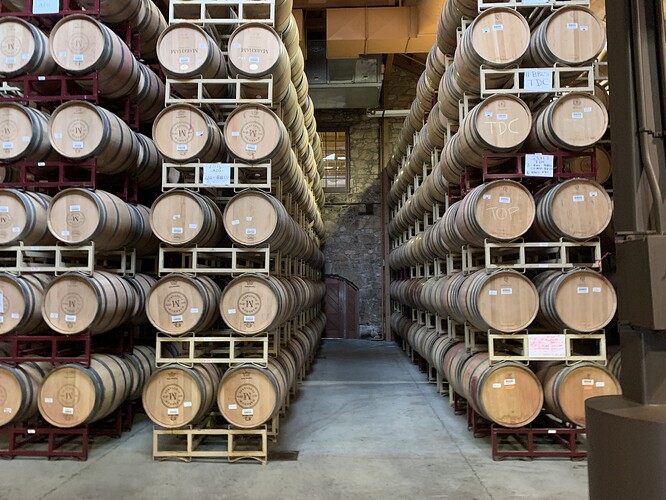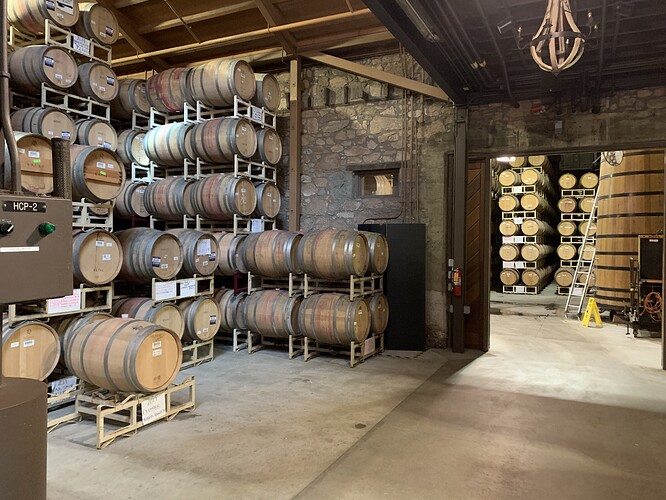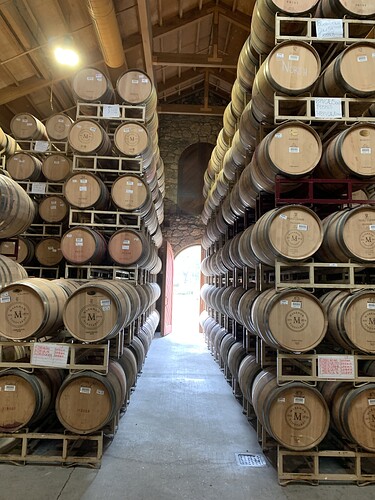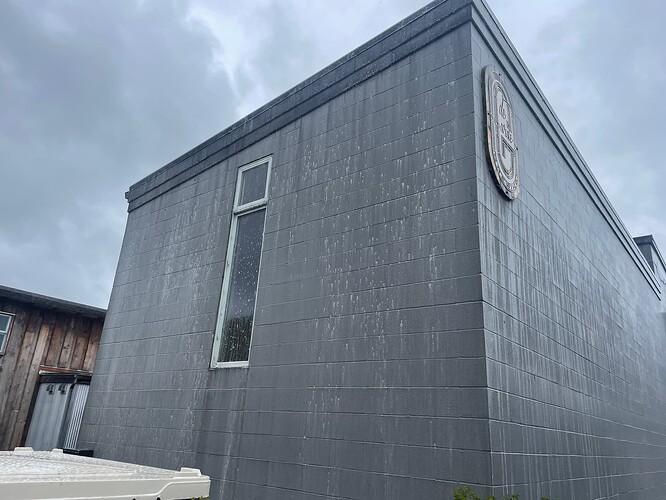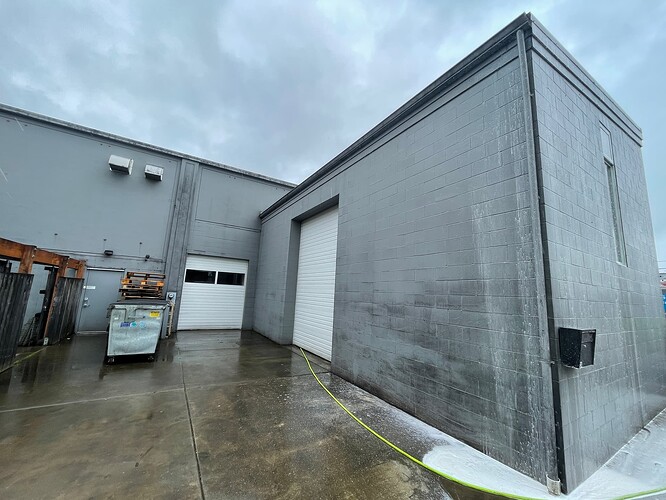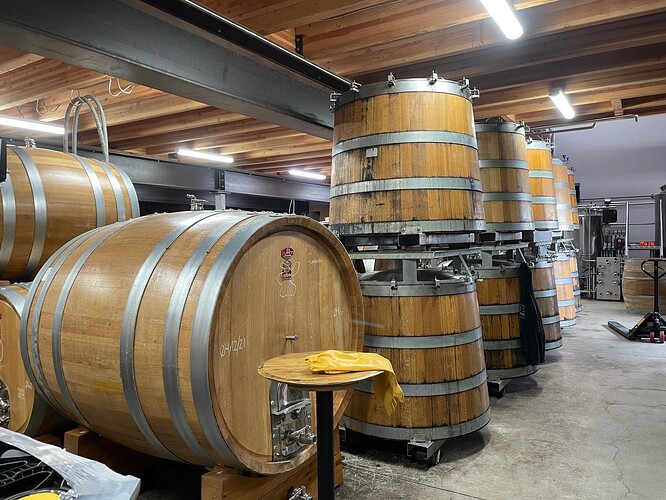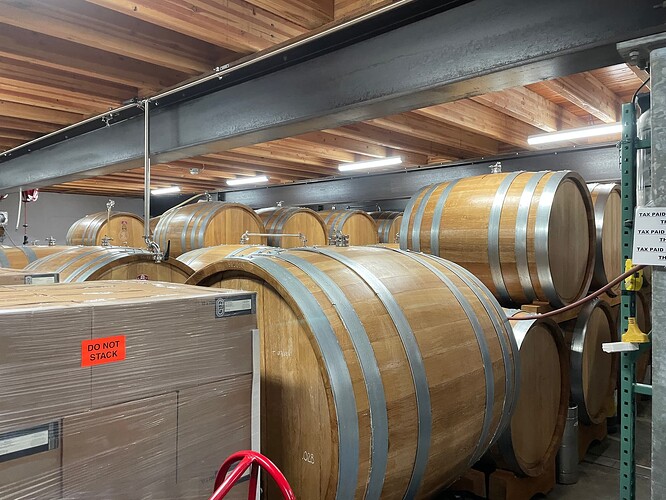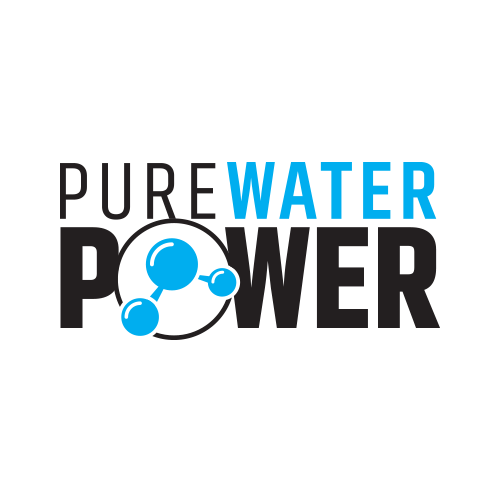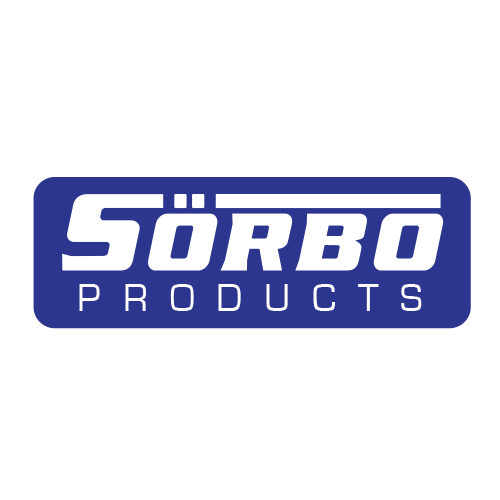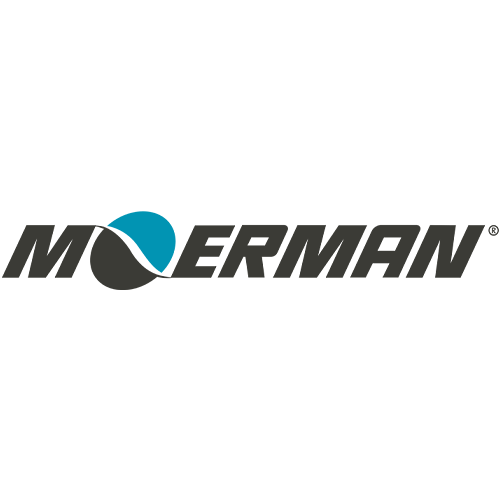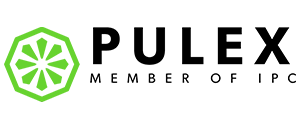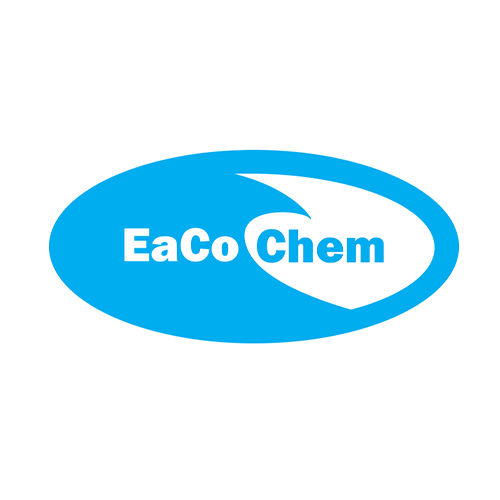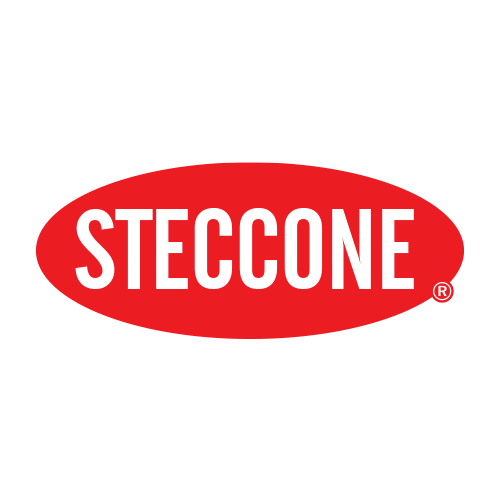That would be much appreciated man thank you! I bought the vital oxide that safely kills mold and pretty much every other virus on the planet, but I haven’t used it yet and not sure if it will actually clean the mold off of porous surfaces. I’m going to try it by applying it with an atomizer and then rinse off after it’s dead with 200 deg water. It’s good to know about other products as it seems in a low percentage of jobs sh can’t or shouldn’t be used. I’m ordering ebc this week too. I did watch some videos from this softwash guy who works on cape cod and on all his cedar jobs he mostly uses sodium percarbonate, or what I guess turns into hydrogen peroxide after mixed with water as he says sh is too much for that soft wood. I know many will disagree and I’m not suggesting it as advice here but I am curious on people’s thoughts about using that on cedar?
Most people on here will recommend using sodium percarbonate on cedar. We don’t solely use sh on everything. Although, there may be certain circumstances where a weak mix of sh might be okay. As mentioned in another thread, when it comes to wood, no single approach is written in stone.
Sodium percarbonate doesn’t only turn into hydrogen peroxide but also soda ash. Those two products are what’s used to make sodium percarbonate.
As far as only using peroxide your best bet is to order a higher percentage than your usual 8%. You can get gallon jugs of 35%. It ends up being cheaper in the long run. I think your problem with the winery is it will take way too much and will be cost prohibitive. I guess if you’re only doing the lower 4’ of wall or so you might not be too bad. They have hydrogen peroxide cleaners but they also include other ingredients like fragrances and surfactants that you might not be able to use.
I bought a 50lb bag of sodium percarbonate that is powder and used it once testing it on my own fence at 8oz per gallon. If I buy straight liquid sodium peroxide at a 35% solution will it work the same in the 12v application mixed with water and also be concentrated enough to downstream?
Yes thats the stuff we used. We put it on a 55 gallon drum and what i did i would add a few gallons of water and start stirring it and keep adding water until you feel alot less granules. Please add surfactant AFTER unless you want a giant mess of foam. I think if you add hot water if will help dissolve quicker/better but i have not tried it myself. This fellow used some type of gas powered pump with a hose garden attached to it and just sprayed it like that. It did eat the mould away like sh.
He put 7 scoops for sidding and i think he said 10-12 scoops for roof washing.
I would definitely try sodium percarbonate too because it’s cheaper and might work just as good. I always use hot water when mixing sodium percarbonate. It doesn’t all dissolve in cold. One thing to keep in mind is that after mixing it with water it only lasts so long. Don’t mix it the night before. Also, make sure the container is vented.
I’m not really sure what you mean there. If you’re using a 12v you just mix it to whatever strength you want and apply. As far as down streaming using your pressure washer you have to know what your injector is pulling and figure out what percent of hydrogen peroxide you want to get. You know what your injector pulls so just run the numbers. It’s no different than figuring out how much sh your down streaming. If you normally get a 1% mix of sh when down streaming 12.5% you can pretty much figure out the hydrogen peroxide. If you get 35% peroxide that means you should be able to downstream about a 3% strength. I don’t know what your injector pulls but the peroxide should be 3 times the mix strength since it’s originally 3 times as concentrated if you get the 35%. Although it should I wouldn’t just assume hydrogen peroxide is going to work. Even if it does you need to do some tests to figure out what strength you need to use. This is one of those jobs where I’d want to go in there before even giving an estimate and figuring out what it’s going to take. You might be better off removing as much of the mold or mildew as you can using pressure, hit with a 3%-5% hydrogen peroxide solution, let dwell, and rinse. Once you know what percent you’ll need you’ll then know if you need to down stream it or use the 12 volt. I wouldn’t order the 35% peroxide for testing. Just go to the dollar store and buy a few bottles of 8% and see what dilution is needed. You’ll then know whether to use sodium percarbonate or peroxide. If peroxide works better then order the stronger stuff because it’s cheaper.
Just shoot it thru your 12v like doing a deck. Don’t use hot water to mix, but fairly warm water, like 115 deg. It’s best when used within a couple of hours. You’ll need to let dwell a little longer than SH, but don’t let dry.
For sure I will definitely test it. The reason I was asking about ds’ing it is because I learned a bit recently on sodium percarbonate that it is not concentrated enough to be able to downstream and you have to do it through 12 V or a pump up sprayer. I was thinking if there was a higher concentration version of sodium peroxide it would be strong enough to downstream and application could be faster if needed to use it on a very large area like this 8000 square-foot job. I am going to take a few different spray bottles of different concentrations of it and try areas to see what the results are. I am also going to try the vital oxide and ebc as well. Good opportunity to do some research to see what all works and have more tools in the arsenal. Thanks for the help!
@Seandz Are they expecting you to wash around the barrels or are they able to move them for you?
They can move everything, it’s the odor of the sh seeping through the barrels that’s the concern.
Interesting to know that Ascorbic acid, or vitamin A, is a sod hypo neutralizer and used in water treatment to remove all traces of it. Its cheap and need very little. Id say thats probably a food grade method. This is what I read.
Ascorbic Acid
Ascorbic acid (chemical formula C6H8O6) is used commercially to neutralize bleach in water storage tanks. Bleach, which is added to water tanks as a disinfectant, needs to be completely eliminated before the water is fit for drinking or agricultural purposes. Ascorbic acid neutralizes all residual bleach in a matter of seconds, and 1/4 tsp. of the substance added to 1 gallon of water effectively removes all traces of bleach.
Good to know, thanks!
If they can move the barrels out then it’s going to be heaps easier , I’m going to sound a bit rough but I would probably just turbo the mould off rinse it all out the door and get paid.
If any spots remained a bit of a spray with the pump up 6% and good rinsing ( possibly post treat with the absorbic acid @redjess mentioned)
Agree with @AUSSIE, I wouldn’t even use any chemicals. Plain old water with some good old pressure. You don’t have to remove everything chemically, think about it.
I think they have too many barrels to move out of the rooms. There are literally hundreds of barrels. The rooms are huge and packed full. I think the best they would be able to do is move them away from the walls so I have room to spray.
I’ll ask about that though the good thing is their water drains goes to treatment for reuse in the irrigation. Turbo nozzle would be awesome!
I can’t see them moving all those barrels for that place to get cleaned that would be a logistical nightmare
I thought you said they can move everything @Seandz?
If they wanted me to wash with barrels in place I would tell them good luck and go to the pub for a beer and a laugh.
I can just imagine the dramas washing around that mess of pallets , the barrels will probably get wet the bottom pallets definitely will get wet and the mould will get blown around and contaminate it all.
It’s probably one of those jobs that 20 people have already refused.
Good food for thought. They can move the pallets about 7-10’ away from the walls so I can get in there but not out of the building. Maybe I could kill it with vital oxide, or sodium percarbonate and then use shop vac with hepa filter and brush attachment to suck it up. Then do a low pressure 200 deg rinse from the top down. Either way it’s going to be expensive, lots of labor no matter how you cut it I guess.
Sheesh, take your pump up sprayer and walk around and spray about a 5% mix on the bottom foot where it’s bad,let dwell for 10 min, wash the rest of it with a weak hw mix and rinse it all down the drain. It’s a big open building and it’s going to smell like bleach for maybe 30 min. That’s not going to permeate those barrels. They probably have fans, if not rent a couple of those big industrial floor fans and put one at each end of building and suck the fumes out. I could have flown out there, borrowed your equipment for 1/2 day, done it and been back here while this thread has been going. If you don’t want to do that, do the same with the percarbonate w/o the fans.
It’s what the winemaker will or will not allow me to do. They sell that wine for about $40 a bottle and have probably a million $ in product in there. I would love to do what your suggesting if I could!
Hey guys, I have a similar situation as Seandz. I have a local brewery that brews beer using an “open air fermentation process”. This means that I cannot use SH, or any derivative or byproduct of SH. It will potentially kill the brewing process bacteria. The Head Brewer is very adamant about this fact- I can use anything except SH. So I tried a little test with just pressure and no chemical- it made it better but did not remove it. I cannot use just pressure on the whole building as it is old masonry and at places its fragile. I also tried some BC Cleansol because I had it- didn’t do a thing.
The odd thing is that the black mold looking stuff on the building is actually the bacteria that is attracted to the fermenting beer- and it is hard as heck to remove!
Any suggestions of what product or process to use on this job?
